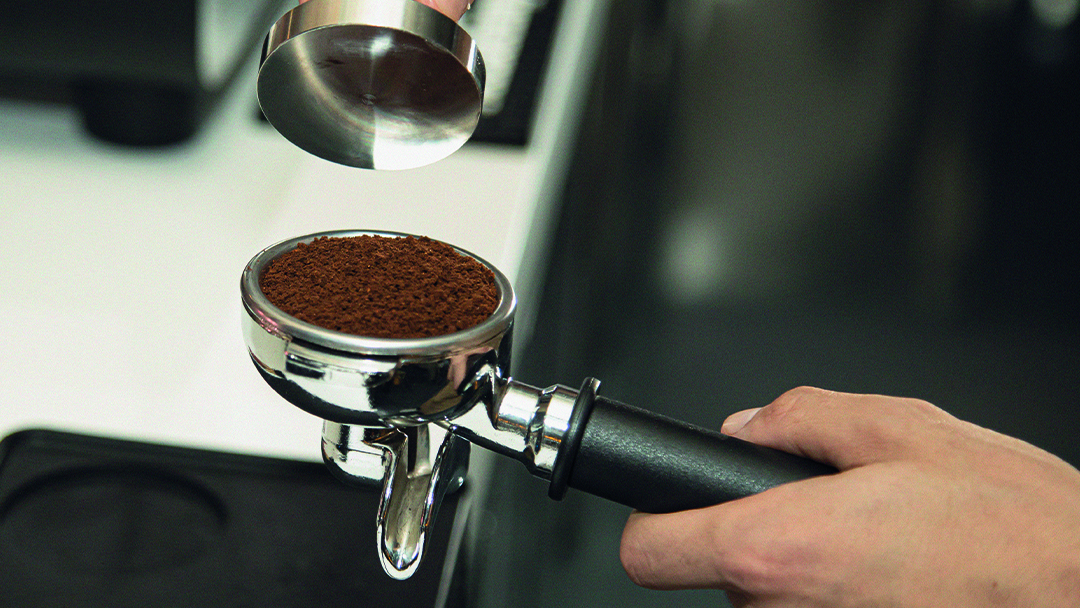Perfect Grinding
How to Choose the Ideal Grinder for Your Coffee
Written by Benvindo Pires, Barista at the Centro de Ciência do Café
Updated on April 14, 2025

The answer is simple.
Coffee is a highly sensitive product that loses quality when exposed to oxygen, humidity, sunlight, and time, so keeping coffee beans until the last moment is essential to preserve their freshness.
Nowadays, there are many options on the market, which can make choosing the right grinder challenging for consumers, raising many doubts.
For professional use, electric grinders with metal burrs are recommended, as they offer a smoother workflow, greater durability, and are suitable for espresso, filter coffee, or both.
For home use, the variety increases.
The most affordable options are blade grinderswhich are electric and easy to use. Some models can grind up to 50g of coffee. However, while they may be the first choice for many people, they are not the best option in terms of grind quality. Since they do not have burrs but rather blades, these grinders end up crushing the beans randomly and without precision. In this case, the grind consistency is controlled only by time and visual analysis.
There are also manual grinders, such as "Hario Slim" or “Hario Skerton”, which are specifically designed for grinding coffee and provide better consistency and quality. These are entry-level grinders that are easy to use and maintain, producing little to no waste. Made of plastic with ceramic burrs, they are more fragile but also cheaper—an excellent choice for starting out with whole-bean coffee. They are best suited for filter coffee makers and medium to dark roasts.
When it comes to manual grinders, you can also opt for a higher-end model that is more robust and durable. The main difference lies in the burr material. Metal burrs are more expensive but more resistant, as is the grinder’s overall build—stronger materials mean a longer lifespan. Another factor that can make a grinder more expensive is the number of grind size adjustment options; generally, the more settings available, the higher the price. Thanks to their durability, metal burrs allow for easier grinding of lighter roasts.
Manual grinders have some advantages: they are more affordable, do not require electricity, allow for precise grind adjustments for different brewing methods, are quiet, portable, and produce little waste or mess.
However, they also have drawbacks. They require more manual effort from the user and have a limited grinding capacity (typically between 15g and 30g), making them less practical in some cases.
Manual grinders are recommended for filter coffee, , but some models can be used for espresso as well. Depending on your needs and budget, you may opt for electric grinders—some are designed for filter coffee, such as the “Hario V60”, while others offer more precision for espresso grinding, like the Fiorenzato AllGround. These models require a higher investment and more maintenance.
OElectric grinders also come with their own set of pros and cons..
They are more practical and faster to use, generally offer more grind size adjustments, provide precision, and can grind larger quantities of coffee. However, they are noisier, generate more waste and mess, require electricity, and are more expensive.
So, which grinder should I buy?

This is not such a simple answer, but what’s important to highlight is that the ideal choice depends on the user’s needs, budget, and preferences.
"Fine, medium, or coarse. Espresso or filter—everything matters."